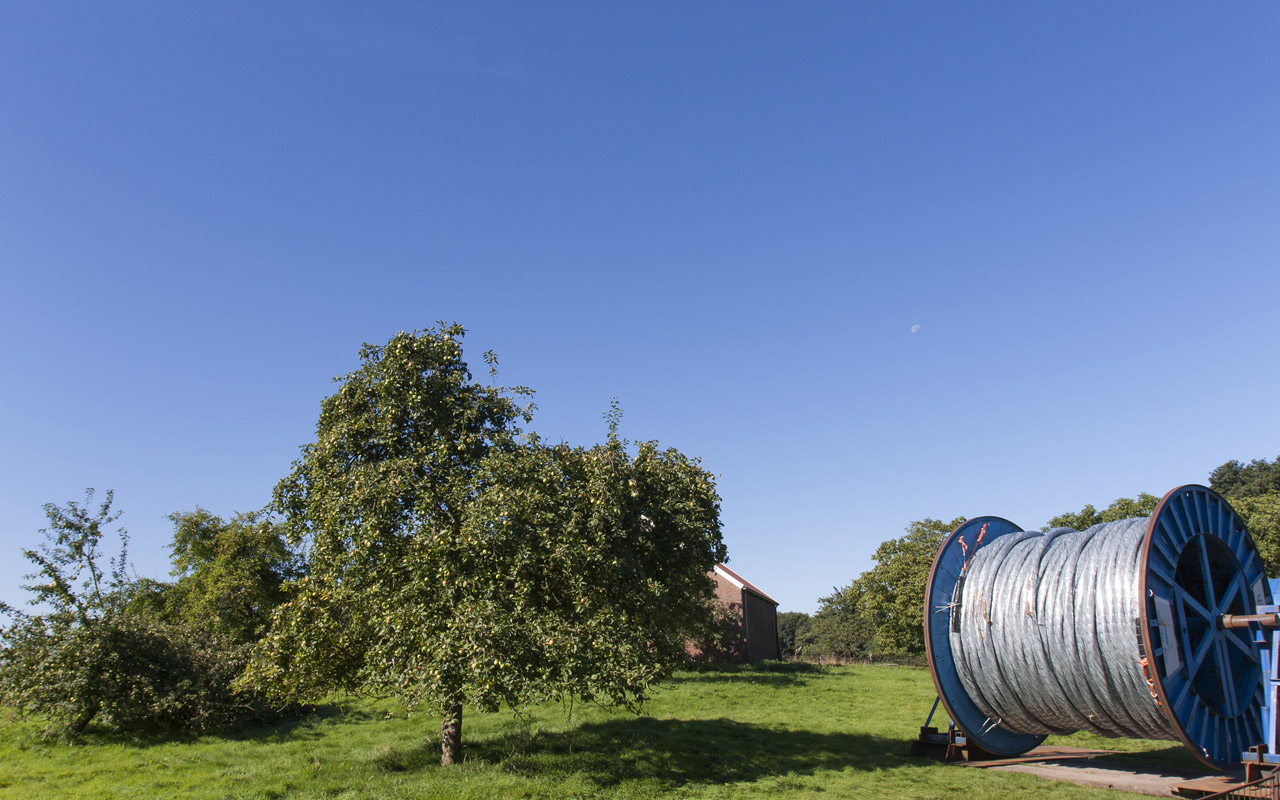- Solutions
Solutions
Discover how we empower your network through a flexible choice of Optical transport, Access and Software defined technologies. Browse through our dedicated use cases to find out more.
- Products & Services
Products & Services
A full suite of products and services to address your network needs for today and tomorrow.
- Company
Company
Find out all you need to know about the foundation of Ekinops, the company empowering next-generation networks.

Hybrid Fiber Coax, known as “HFC”, is the well-established cable access network architecture. As the name suggests, HFC consists of two separate media connecting a cable head-end to the subscriber. While the coax portion that connects to the subscriber gets most of the attention, the heavy lifting is actually done by the fiber portion of the network that provides the massive capacity necessary to deliver the content from and between cable head ends, data centers, Internet PoPs and video server farms.
Today, cable MSOs are migrating to a “fiber deep” approach that pushes fiber all the way to the local access node. They’re doing this to support the next-generation distributed access architecture (DAA) in which the PHY function is distributed from its traditional location in the head-end out to the local access point, a process known as Remote PHY, or RPHY. With RPHY comes the ability to increase the capacity in the access network and, since 2016, MSOs both large and small have been doing this using new technologies such as DOCSIS 3.1 and full duplex DOCSIS (FDX). These technologies enable higher data rates and, in the case of FDX, symmetric downstream and upstream connectivity speeds up to 10Gbps.
With these technologies, MSOs can continue to leverage the installed coax network making it more economical to compete with the high-speed services offered by fiber-based providers. However, these kinds of connections in the access (i.e., coax) network put enormous pressure on the metro core because at these higher capacities, it means that each subscriber is capable of consuming an entire wavelength, a situation that quickly exhausts capacity.
Considering that most metro core networks were built using 10G technology, MSOs need to migrate to a scalable, high-capacity infrastructure capable of providing the connectivity from the head-end to the content hubs located deeper in the core of the network. In a recent survey published jointly by Light Reading and the SCTE, more than one-third of MSOs saw the need for 100G transport in their network over the next five years while 18% believe they will need 200G and nearly 30% believe they will need 400G! Unfortunately for MSOs, time and experience have shown that forecasting bandwidth is a highly inexact science and many of them will likely end up needing more capacity than they anticipate so they need a way to mitigate the risk of making the wrong choice when selecting their optical transport solution.
Fortunately for the MSOs, the optical transport equipment industry has once again responded to the needs of the market. Today, the next generation of flexible transport systems are capable of tuning their performance depending on service demand -. Based on third-generation digital signal processors (DSP), these platforms not only allow the network operator to decide what level of bandwidth to provision, but also to adjust that level to a higher (or lower) data rate as demand grows (or shrinks). With this level of functionality, these next-gen systems now provide the risk mitigation MSOs need so that if the 100G network the MSO was forecasting now needs to be a 200G or even a 400G network, they can simply make the adjustment in software, there’s no need to replace cards or overbuild a whole new network.
With a highly functional, scalable optical transport network providing the backbone infrastructure, MSOs can rest assured their fiber deep strategies are well supported day one and well into the future.




